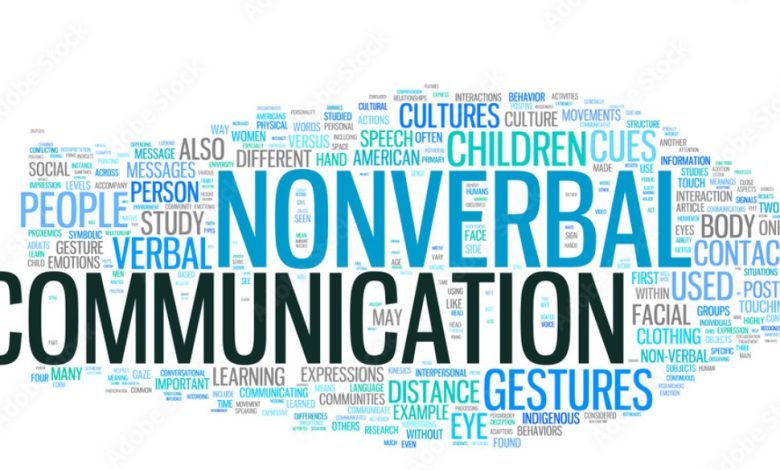What Is the Importance of Nonverbal Communication for College Students?
What Is the Importance of Nonverbal Communication for College Students?

Students’ knowledge is impacted by nonverbal communication, which eventually leads to greater learning and understanding of the topics. Like in everyday life, teachers also employ nonverbal communication in the classroom, but if they do so on purpose and as a teaching strategy to pique students’ interests, greater effects may be shown in the students’ learning outcomes.
Our lives depend heavily on communication. To convey our thoughts, feelings, knowledge, abilities, and ideas, we communicate in various ways. It is common knowledge to associate voice and sounds with communication, but communication is a mix of verbal and nonverbal knowledge transfer.
The Objective of the Study:
- To provide a thorough grasp of the function of nonverbal communication in instruction
- To investigate how nonverbal communication techniques are used in the classroom to improve student performance and motivation for learning.
- To endorse the idea of utilising nonverbal cues in classroom instruction
PROCEDURE:
The sixth faculty of the School of Social Sciences and Humanities at the University Of Management & Technology Lahore was interviewed in-depth by the researcher for this study. A focus group discussion was held with the BS Social Sciences students at the University of Management & Technology, Lahore’s Department of Social Sciences.
FINAL RESULTS AND COMMENTARY
Non-verbal cues to the person you are speaking to include the use of your eyes, smiles, frowns, tone of voice, how you hold or position your arms and legs, how close you stand, and whether or not you touch them. The sort of communication that is more crucial for teaching is body language. The method through which professors transmit their expertise and information to the students is challenging. Teachers employed various nonverbal communication methods to share and alter their subject matter. And you can also read about itimesbiz.
The teachers highlighted the significance of nonverbal communication in the educational process. According to Dr Iftekhar Ahmed, “nonverbal communication, such as facial expression, bodily movement, and other gestures and postures, have a 50% part in the instruction.” The relevance of body language in teaching cannot be overstated because it is intertwined with instruction, and teachers utilise it both intentionally and subconsciously.
STUDENTS’ VIEWPOINT:
It is crucial since it helps pupils receive the most knowledge and information possible. Body language rather than words can help kids understand concepts more clearly. Teachers encouraged them to listen appropriately because, as one of the participants, Ayesha, observed, “body language aids us in interpreting the tone of the issues.”
According to Jasim, “speech is most crucial, but body movement aids in identifying areas where the voice falters in conveying the information.” When conveying some issues, voice and body language need to be balanced; occasionally, there are no connections between the two. Some instructors, according to Nida, “have habits of the body movement; they are unable to connect the words and body movement.”
The lecturers employ various methods, and each has its way of doing so. Some people have interesting fashion senses, while others irritate me. “The professors who entered the class with a smile on their face and a nice demeanour, we learn a lot from them,” remarked Jasim. Jasim made the same argument as Numan: “The professors who grew irritated. Or had some home troubles kept class more chaotic. We felt duller.” Most of the time, nonverbal communication aids in our understanding of terms and concepts. And this research is done by our essay writing helper, Eddie Broke.
CONCLUSION:
After analysing the data, it was determined that teachers made the learning environment engaging and active through non-verbal communication. As a result, students were alert in the classrooms and engaged in the learning process. Which improved their motivation, retention, and understanding Provided the teacher used their body language appropriately. It was shown that nonverbal communication accounts for more than 70% of communication in the teaching profession. And classroom administration is more effectively accomplished through nonverbal communication.
The study recommended the following things:
- Teachers should train nonverbal communication and use what they learn in their pedagogical practices.
- Teachers should be encouraged to use this technology to pique students’ attention and keep them focused in class.
- Teachers should receive specialised training on nonverbal communication techniques to better understand their students’ comments.
When they need to Pay Someone for Assignment Help in Australia, students can use the MyAssignmentHelpAU assignment service.




